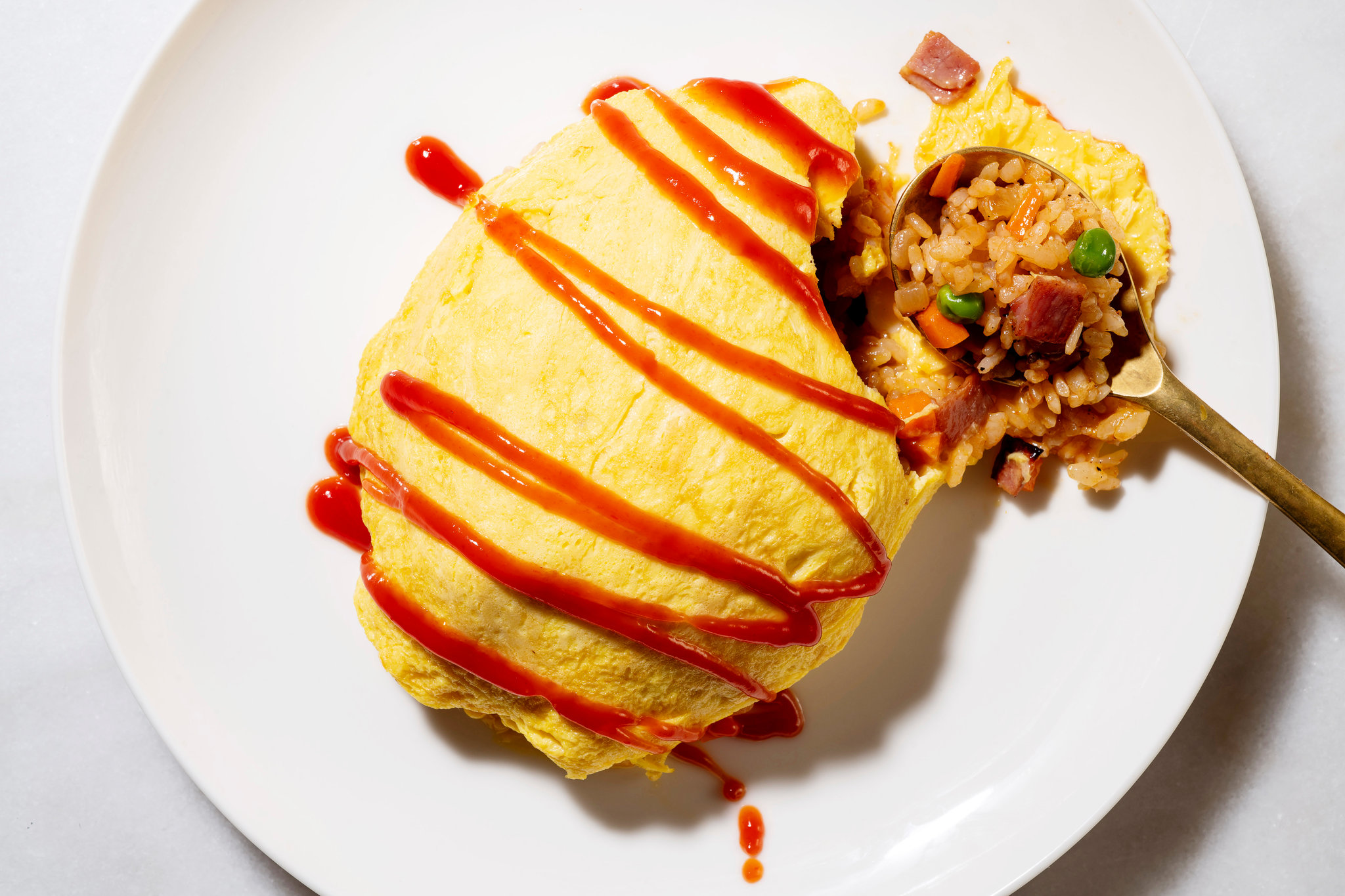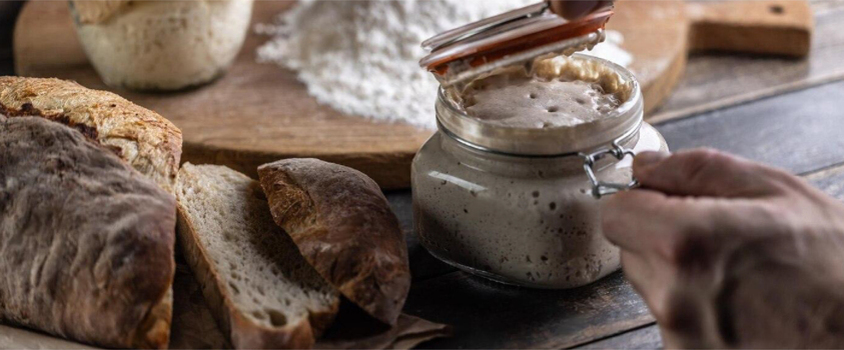zoomacademia.com – Omu rice, short for omelette rice, is a beloved dish in Japanese cuisine that combines the heartiness of fried rice with the fluffy, delicate texture of a soft omelette. This simple yet flavorful comfort food has become a staple in homes and restaurants across Japan and is often seen as a fusion of Western and Japanese culinary traditions. In this article, we’ll explore the origins, ingredients, variations, and the unique appeal of omu rice.
What is Omu Rice?
At its core, omu rice consists of a filling of seasoned fried rice, often made with chicken, vegetables, and sometimes ketchup or soy sauce, all wrapped in a thin layer of omelette. The omelette is usually served soft and slightly runny, enveloping the rice in a comforting, velvety texture. The combination of the savory, sometimes tangy rice and the rich, creamy omelette creates a balanced, satisfying dish.
Omu rice is often presented as a single serving, making it ideal for lunch or dinner. It is typically garnished with a drizzle of ketchup, but variations exist where different sauces like demi-glace, curry, or even cheese are used.
Origins of Omu Rice
Omu rice is a great example of yoshoku—Japanese dishes that are inspired by Western food, adapted to Japanese tastes. The dish is believed to have originated in Japan in the early 20th century, around the Taisho era (1912–1926). Its creation is credited to Western-style restaurants, where chefs began adapting European and American meals to fit local tastes.
The idea of combining rice with an omelette likely drew inspiration from Western-style fried rice and omelettes, but it was uniquely transformed into a distinctly Japanese comfort food. The use of ketchup as a key seasoning in the fried rice, for example, reflects Japan’s early fascination with Western condiments and flavors, particularly in the post-Meiji Restoration period when Western influence on Japanese food culture was at its peak.
Key Ingredients of Omu Rice
While the ingredients of omu rice can vary depending on personal preference or regional variations, there are some essential components:
1. Fried Rice
- Rice: Typically, leftover white rice is used to make omu rice, as it helps prevent the dish from becoming too sticky. Cold rice is ideal because it separates easily and fries better.
- Protein: The most common protein used in omu rice is chicken, often in the form of diced chicken breast or thighs. Some variations use ham, shrimp, or even beef.
- Vegetables: Onions, peas, carrots, and bell peppers are common vegetables added to the rice, providing color, crunch, and a mild sweetness.
- Seasonings: The rice is flavored with a mixture of ketchup and soy sauce, giving it a tangy, savory taste. Some recipes may use Worcestershire sauce or a bit of curry powder for additional depth of flavor.
2. Omelette
- The omelette is typically made with beaten eggs, which are cooked until just set, leaving the center soft and slightly runny. This softness contrasts beautifully with the fried rice inside and creates a smooth texture that is one of the hallmarks of omu rice.
3. Ketchup or Sauce (Optional)
- Ketchup is the traditional topping for omu rice, giving it a slight sweetness and tang. However, some modern interpretations use different sauces, such as demi-glace, brown gravy, or even a creamy sauce to complement the dish.
How to Make Omu Rice: A Simple Recipe
Here’s a basic recipe for making omu rice at home:
Ingredients:
- 1 cup cooked white rice (preferably cold)
- 1/2 cup cooked chicken (diced)
- 1/4 cup onion (finely chopped)
- 1/4 cup peas (frozen or fresh)
- 1 tbsp vegetable oil
- 2 tbsp ketchup
- 1 tbsp soy sauce
- Salt and pepper to taste
- 2 eggs
- 1 tbsp butter
- Ketchup for garnish (optional)
Instructions:
- Prepare the Fried Rice:
- Heat vegetable oil in a large skillet over medium heat. Add the chopped onions and sauté until soft and translucent.
- Add the diced chicken to the pan and cook until browned. If using cooked chicken, just heat it through.
- Stir in the peas and cook for another minute.
- Add the cold rice to the skillet, breaking up any clumps. Stir everything together and cook for a few minutes.
- Add ketchup and soy sauce to the rice, stirring to coat evenly. Season with salt and pepper to taste.
- Make the Omelette:
- In a bowl, whisk the eggs with a pinch of salt. Heat a nonstick pan over medium heat and melt the butter.
- Pour the beaten eggs into the pan and swirl it around to coat the surface. Let it cook for 1-2 minutes, allowing the edges to set but the center to remain soft.
- Once the omelette is mostly set, spoon the fried rice onto the center of the omelette.
- Fold and Serve:
- Carefully fold the sides of the omelette over the rice, creating a pocket of rice inside the omelette. You can fold the omelette in half or create a neat tuck on each side.
- Transfer the omu rice to a plate and garnish with a drizzle of ketchup or your choice of sauce.
Variations of Omu Rice
While the classic omu rice recipe is already a hit, there are numerous regional and creative variations of the dish:
- Curry Omu Rice: A variant where the fried rice is served with a rich, flavorful Japanese curry sauce poured over the top, or sometimes mixed directly into the rice.
- Cheese Omu Rice: The omelette is often filled with melted cheese or topped with grated cheese, adding a creamy, savory twist to the dish.
- Tomato Omu Rice: Some versions of omu rice use fresh tomatoes, or even tomato sauce, to enhance the rice’s flavor, giving it a slightly more robust and acidic profile.
- Veggie Omu Rice: For a vegetarian version, tofu or extra vegetables like mushrooms, corn, and spinach can replace the meat, making the dish lighter and equally delicious.
Why Omu Rice is So Popular
Omu rice has achieved a universal appeal thanks to its simplicity, versatility, and comforting taste. It’s a great dish for beginners to try cooking because it doesn’t require any special techniques or exotic ingredients. The combination of soft, fluffy eggs and savory fried rice strikes a perfect balance of textures and flavors that makes it irresistibly comforting.
Moreover, the dish is often seen as nostalgic or heartwarming, as it’s commonly found in family homes and cozy cafés (known as kissaten) in Japan. Its presence in pop culture, particularly in anime and manga, has only added to its enduring popularity.
Whether you’re enjoying it for lunch, dinner, or as a fun dish to make with family, omu rice is a beloved part of Japanese comfort food that will continue to warm hearts for generations to come.
Conclusion
Omu rice is a perfect example of the fusion of Eastern and Western culinary traditions, combining simple ingredients to create a hearty, flavorful dish that feels both familiar and innovative. Whether you’re enjoying it at a traditional Japanese restaurant or making it at home, this comforting dish is sure to satisfy your cravings for something savory and delicious.







